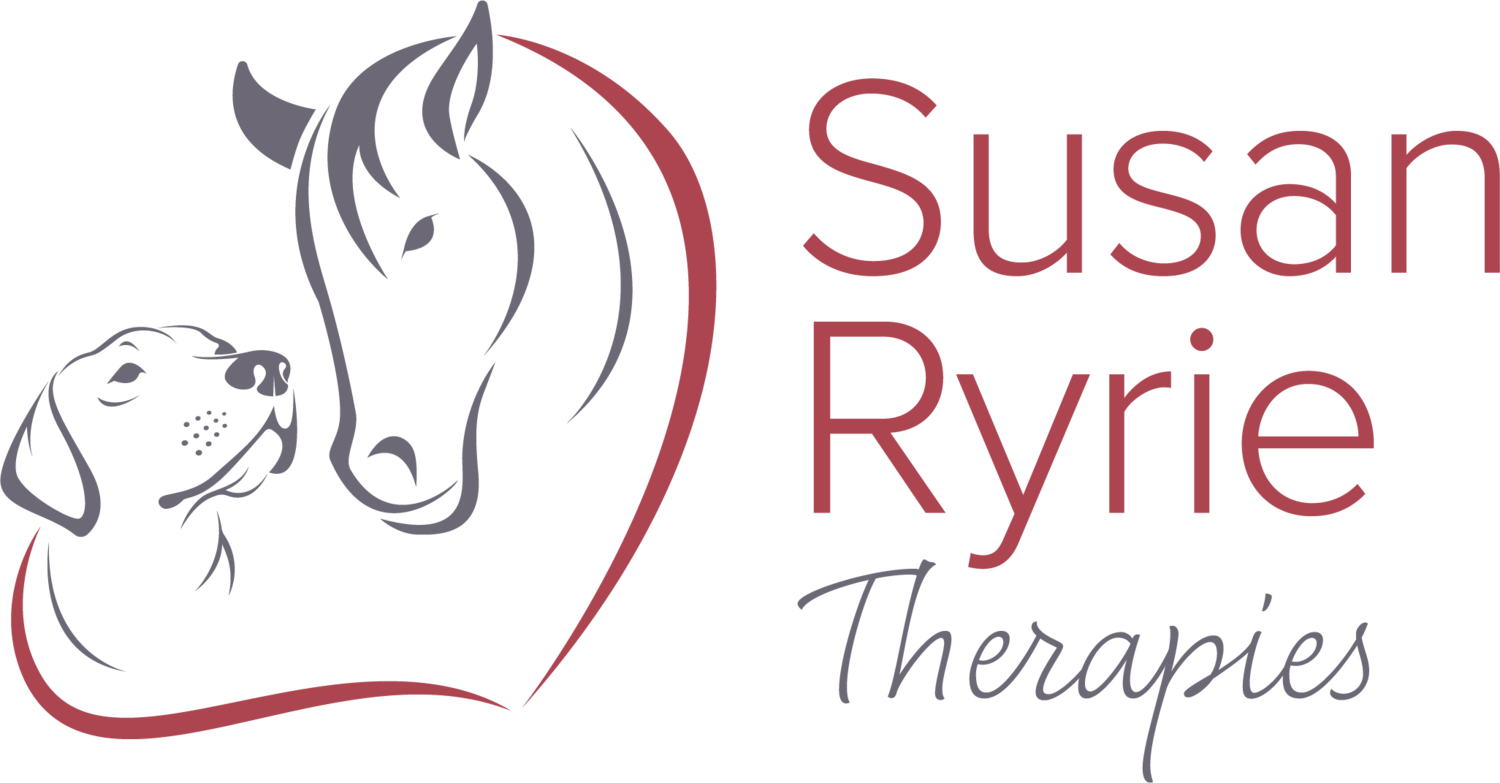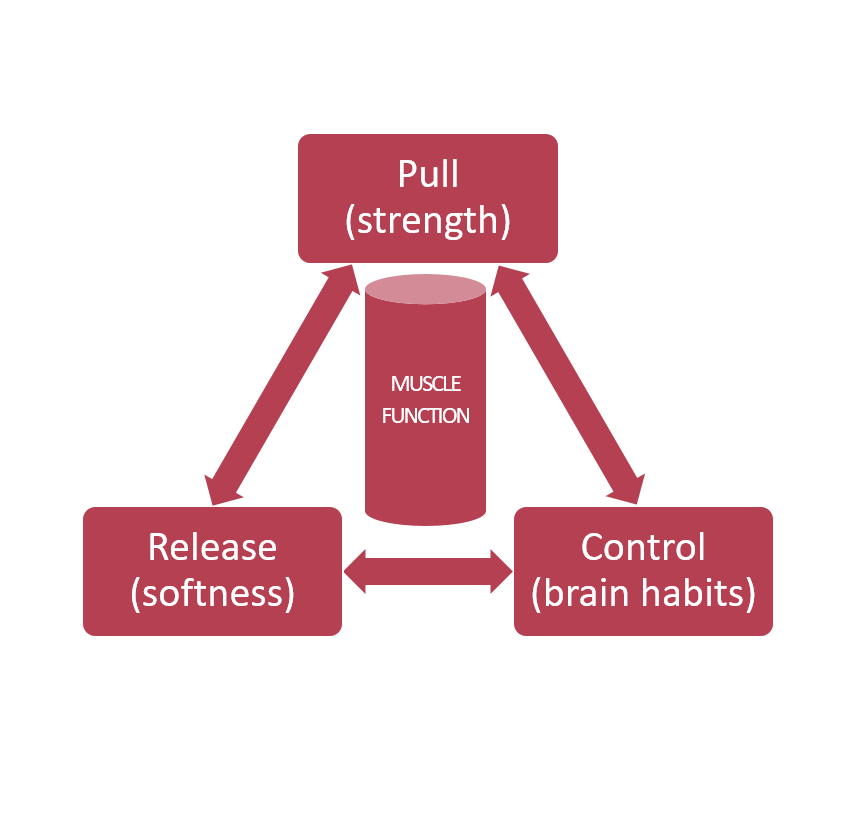February 2024
Somatic movement exercises: Concept training: Quad X Method
When we keep exploring, life offers many different openings. Here are some that have been real gems for me.
But everyone is different and what is great for me might not be right for you.
Even so, I hope there will be some takeaways for you!

The business end of Hanna somatic movement exercises is a slow controlled release of muscles: eccentric contractions resisting the force of gravity.
The somatic movement online course I have been using is provided by Sarah Warren at somaticmovementcenter.com. It the best self-help exercise that I have found for releasing what I like to refer to as ‘inappropriate muscle tension’.
She teaches a technique developed by Thomas Hanna around 1970. The focus on releasing and improving control of muscle places it alongside others such as Alexander Technique (1900), Pilates (1930-1940) and Feldenkrais Method (1950). These all feel very different from exercise which is predominantly for strengthening, though Pilates works in both ways. Yoga, of course, has very ancient origins and works towards all of physical, mental and spiritual control and development.
I think I might be what is called a ‘visual learner’ because I find it helpful to look at this triangle visualisation of what is important for muscle function.
To function correctly, a muscle must be able to pull (top box), to release the pull (bottom left), and there must be good control from the brain and central nervous system (bottom right).
The ‘release’ and ‘control’ are at the bottom because they provide the foundation which enables the muscle to pull.
Hanna somatic exercises are very good at improving the foundations for movement – the bottom two boxes which focus on release and control.
Once the release and control is working well, we can turn our attention to the ‘strength’ box and ask the muscles to work more intensively.
But if we try to strengthen before muscles are successfully able to complete the sequence of pull and release, we can be storing up problems for the future.
Hanna’s exercises use eccentric contractions of muscles.
Think of how this crane works.
It can pull upwards and lift the load as the supporting cables get shorter.
Or it can gently lower the load to the ground; still pulling upwards, but only so as to control the downward force of gravity. As it does this the cables get longer.
Now think how it feels to lift your mug from the desk to take a drink, then replace it on the desk.
As you lift the mug, muscles are pulling and shortening to produce the movement of the mug, just like the crane lifting the load. This is called concentric contraction.
As you replace the mug, muscles are controlling, allowing and slowing the movement produced by gravity. They are still pulling but getting longer as they do so, just like the crane lowering the load. This is called eccentric contraction.
Eccentric contraction is a controlled release of tension, and so works at the bottom two elements of the ‘triangle picture’. It can take a lot of mental focus to carry out eccentric contractions slowly. This is the business end of the Hanna exercises.
Sports scientists have also found that eccentric contraction produces more strengthening benefits than the concentric (pulling) contractions of a muscle. This is the basis of some resistance training methods.
PowerAbs PHIIT Strength, my other tip for improving your own fitness, is available as a one-off purchase from the PowerAbs Shop, and is also very clever.
Ten to twenty minutes of exercise just five days a week is enough to make a real difference to strength if it is done correctly. The two days off each week are not wasted; they are all part of the programme and allow the body time to rest and recover - this is when stronger muscle is built.
Day 1 is a lower body workout.
Day 2 is an upper body workout - and of course the lower body is resting and recovering.
Day 3 is a mobilisation of the whole body to get the blood circulating, assisting the strengthening process.
Day 4 is a rest day. Without appropriate rest there is a real risk of developing a training injury during any programme of strengthening.
Day 5 is lower body again, while upper body rests.
Day 6 is upper body while lower body rests.
Day 7 is complete rest.
Other than on Day 3, each workout follows a routine of intervals of work towards the limit of what you can manage with good form, with intervals of rest for recovery.
This is all good sports science, and what we should be trying to build into the routine for our horses as well as ourselves.

Concept training is something I met in the dog training world. I find it really helpful in giving a language for describing the big picture rather than focusing on individual details.

I learnt concept training through Absolute Dogs. They tend to provoke a marmite response. Some people love them, and some … well you know the rest.
Whatever your thoughts, their free eBooks are worth a look. You will find them if you google for absolute dogs free ebooks and go to the free ebooks archive.
They offer 7 different ones:
reactive dogs
noisy dogs
chase
ditch the routine
ditch the bowl
calm
optimism
Well worth look, but beware tempting offers!
The Sexier Than A Squirrel Challenge is a good introduction to games-based training and also worth a look. It is often discounted - currently (as I write) offered at £27 for a 25 day course.
A concept is a characteristic such as Confidence; Calmness; Grit (determination); Flexibility (mental); Focus. These are all psychological characteristics, perhaps because with dogs we are primarily interested in behaviour.
We might recognise that our dog is great with Confidence, but lacking in Grit. This gives a focus for thinking how to help our dog become more ‘rounded’.
If we were to list concepts that we feel are relevant to horses I think we would be likely to want to include physical characteristics as well, such as Impulsion and Suppleness.
Once we have identified the weakest concepts, we can choose activities that will build them up.
If we think of an activity as a ‘game’ rather than something that needs practice, it can be more fun for everyone!
Making it fun does not mean a free for all that leads to a complete absence of any work ethic! It does mean recognising that all brains have evolved to release feel-good hormones such as dopamine in response to something enjoyable. This is how evolution has ensured we repeat things that have a good outcome and avoid things that do not.
Making a training session enjoyable means we are making the most of this opportunity that is ready-built in to our animal’s brain.
Keeping training sessions short is a way to ensure it stays fun right to the end - before tiredness kicks in.
I have given myself a rule of trying to stop while my dog/pony is still enjoying whatever we are doing.
And finally shaping.
This reminds me of the potter making changes little by little to the lump of clay. It reminds me to focus on the improvements that I see, and reward them.
At the start of training anything new, the animal is trying to interpret the cues that you give, and any reasonable attempt is a win and should be rewarded. The ‘perfect’ action will evolve from these early attempts. We can reward attempts that take us closer to our desired outcome, and withhold rewards for those which are not sufficiently good.
My experience is that when I use this idea and get the timing of the reward (food reward, or praise) right, the result has been amazingly quick progress and a much more durable result.

Katie Lawrence who devised Quad X Method produces a free weekly email newsletter which has great information and advice. You can sign up to it by visiting the Animal Rehabilitation and Health Academy at animalrehabhealth.academy.
This is a screenshot of the home page on the website. You need to click on the pink ‘JOIN NOW’ button. You can sign up for either canine or equine or both.
Katie’s first equine newsletter in January was devoted to tendon injury. This included some background into the anatomy of the horse, why horses’ tendons are particularly susceptible to injury, and some tips for doing all you can to avoid this type of injury. Overwork and deep going are some common risk factors.
The theme of the next was colic. One risk factor for colic is failing to drink a sufficient amount of water, particularly in cold conditions.
University of Liverpool website also has some great information about colic if you want to swat up on this.
Stability and control of posture was next.
When stabilising muscles are weak, joints are not adequately supported, leading to an increased risk of injury.
Katie advises that specific targeted stability exercises are often needed.
To highlight how diverse a range of topics are covered, the next email was devoted to uveitis. This is hard to prevent and causes are not well understood.
The most recent email newsletter that I have received is on the topic of recovery time, and how important this is if we are to avoid injury to our horses.
Muscles become stronger in response to ‘micro-damage’. There is a fine line between exercising sufficiently to provoke a strengthening response, and overworking such that the ‘micro-damage’ becomes just plain ‘damage’!
Katie recommends one week of lighter work each month.

It has been fun thinking back over some of the things that have helped me and influenced me.
I hope you will have found at least one thing that will inspire you too. Do please share your own favourites on my FaceBook page so we can all learn together.


















